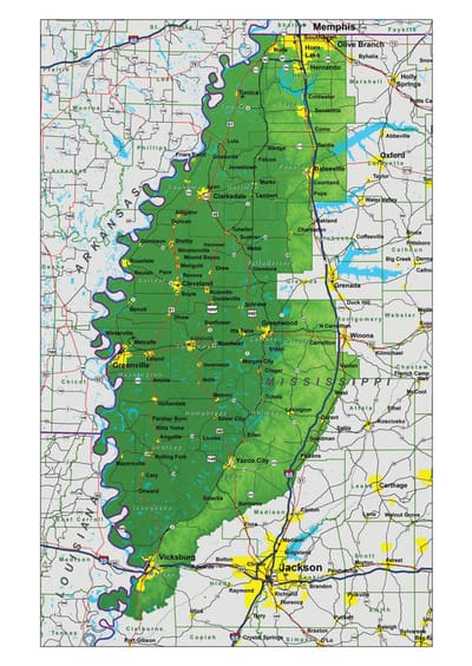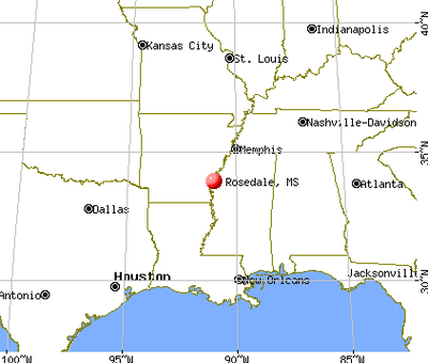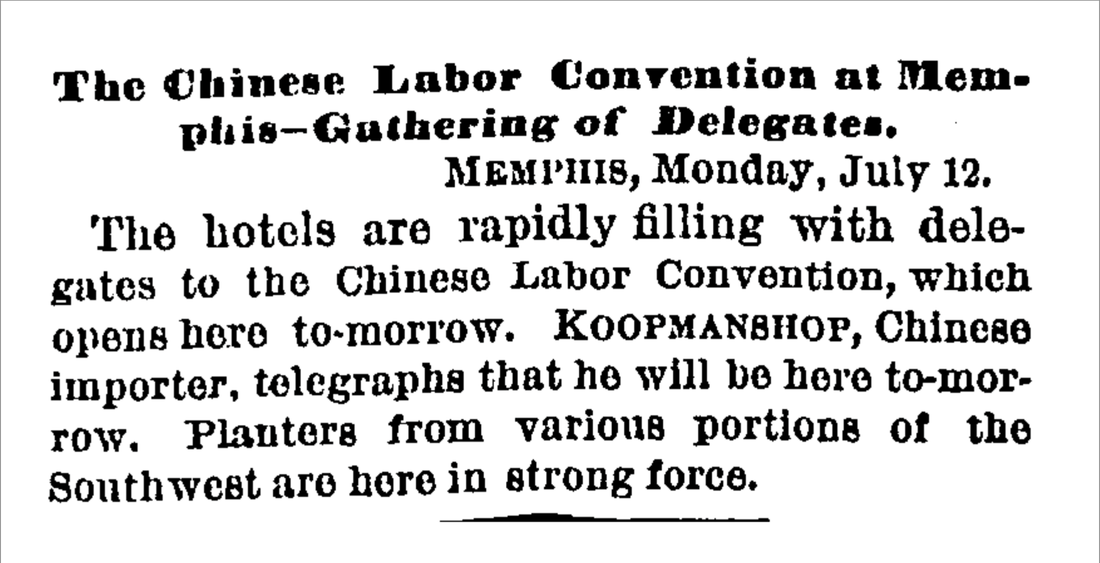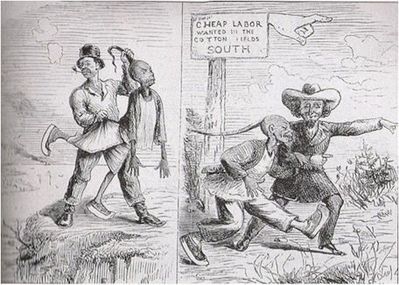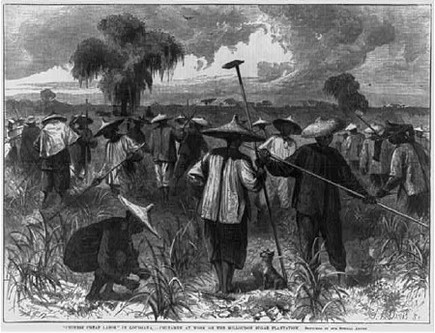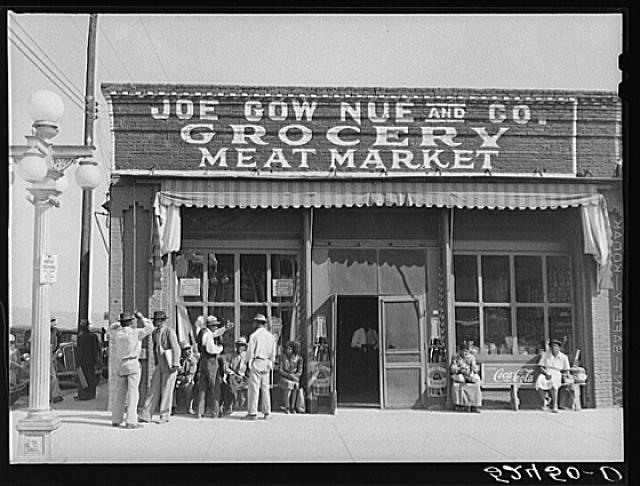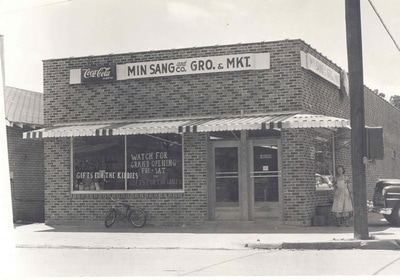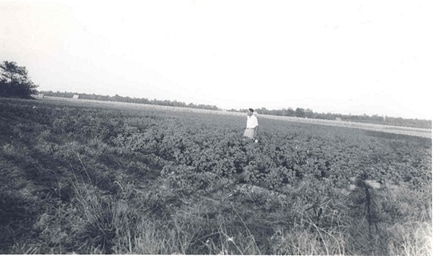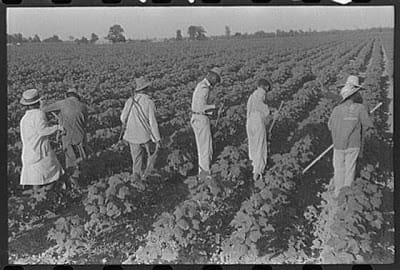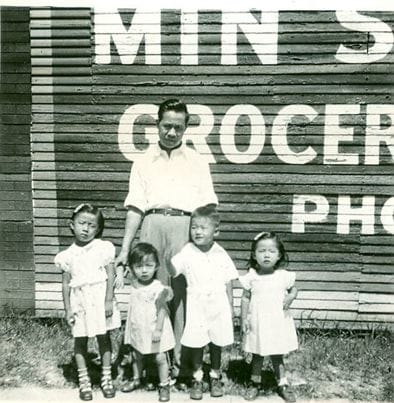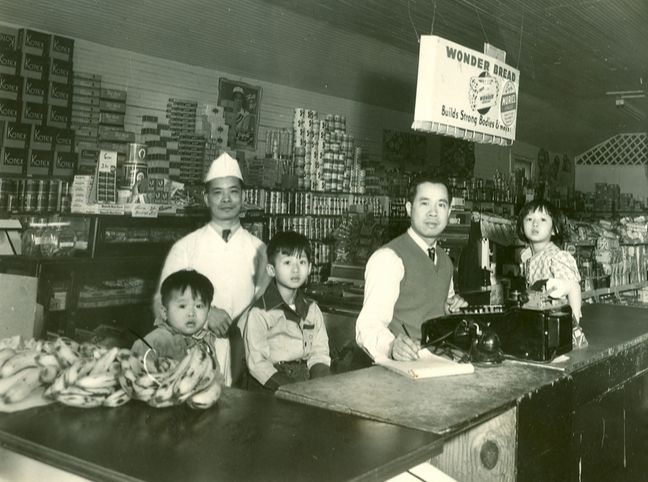Image Above: "Chinese Farm Family, Mississippi Delta" Image courtesy of Sunny Nash.
"While the 1882 Chinese Exclusion Act banned all Chinese immigration for 60 years, "Honor and Duty" tells the story of how a community settled into the Mississippi Delta despite the law. People found a loophole: If you were a merchant, or joining family who were already in the United States, you could move there. So, while the first 16 Chinese who lived in the area were laborers, those who followed were general store merchants that molded the local economy."-Christina Lee. |
After the Civil War, when African-American slaves were set free, landowners needed to find people to work on their plantations. So, some Southern whites made a plan to bring Chinese railroad workers from the West down to places like the Mississippi Delta. These workers didn't like the poor pay and working conditions in the South, but found they could work between the black and white races, opening groceries and laundromats in these small Southern towns. Over the next sixty years, the number of Chinese grew to several thousand.
"Locating in the Mississippi Delta to work in farming seemed a harsh way to fulfill the goal of making money to support families back in China, although in many ways the Delta was preferable to the more populated West Coast, where discrimination against Chinese laborers...was well documented...Their dream of making money in farming was short-lived, however. Explotiation by planters, low economic returns from their labor, and the extreme physical demands of farm life contributed to failure of the experiment." -John Thornell. |
